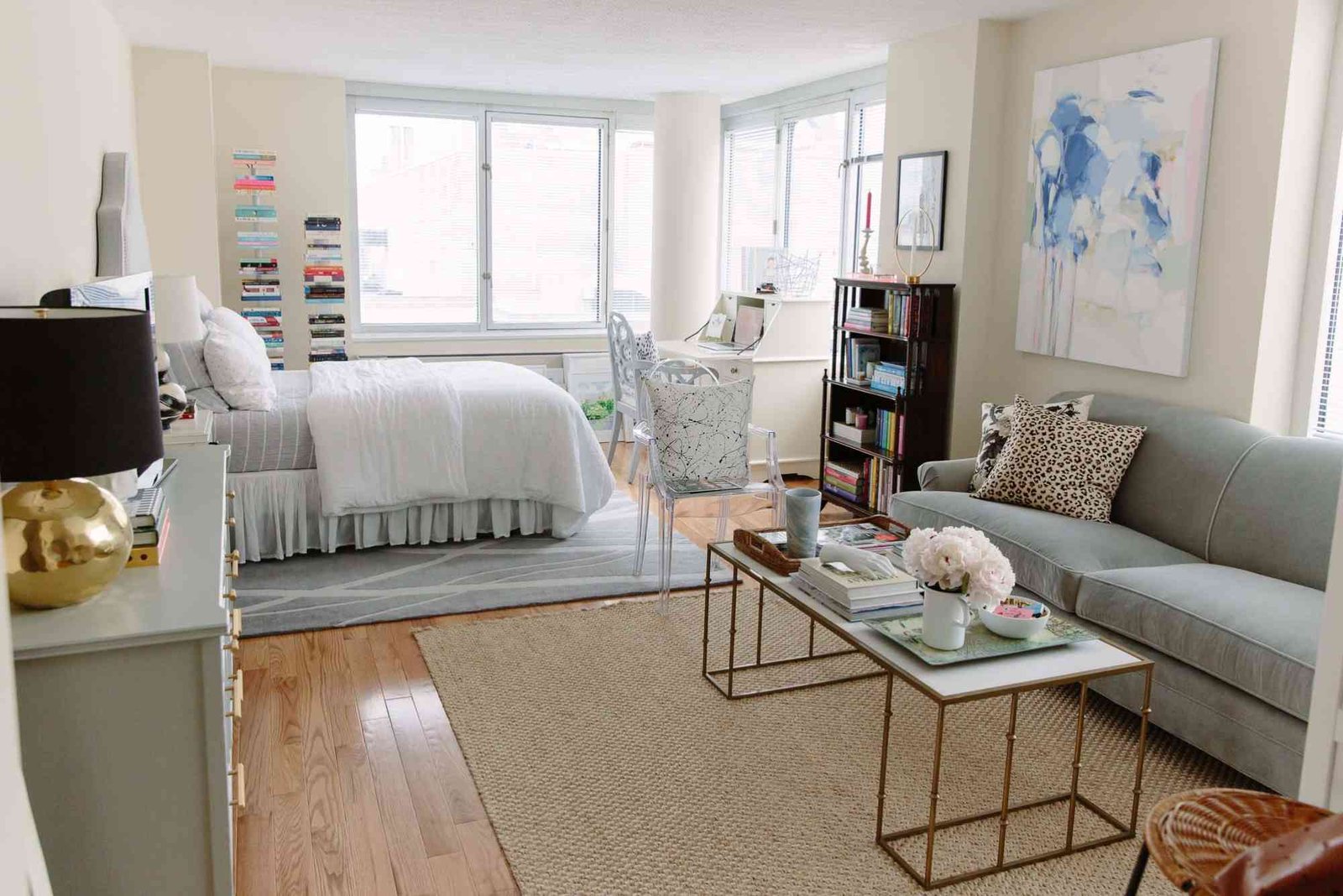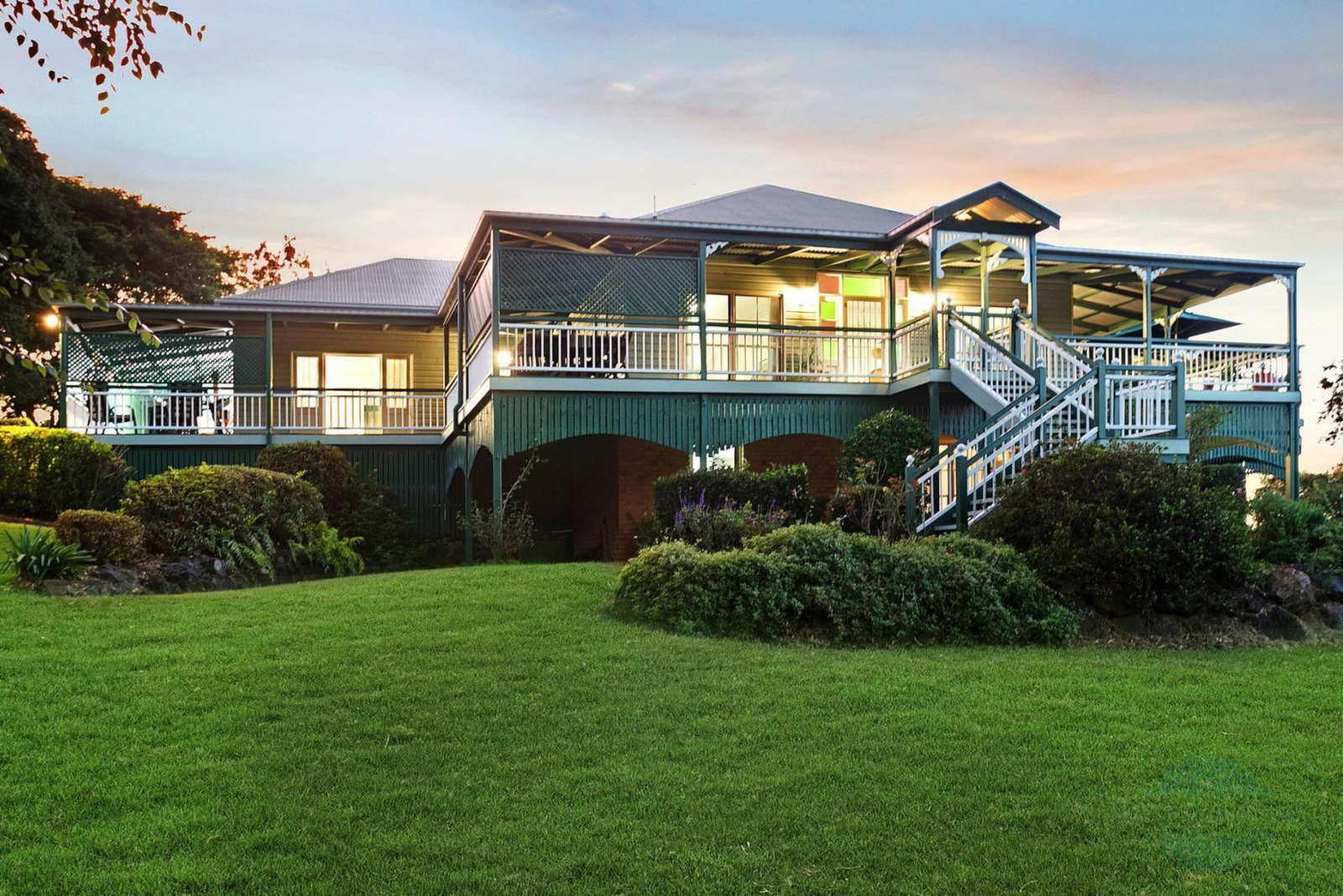Fashion is a powerful form of self-expression, influencing how we present ourselves to the world. But when it comes to choosing between luxury and fast fashion, the differences go beyond just price tags. While fast fashion is known for its affordability and accessibility, luxury fashion represents craftsmanship, exclusivity, and status. Understanding these distinctions can help fashion enthusiasts make informed decisions about their wardrobes.
The Craftsmanship Behind Designer Clothing
Luxury fashion is synonymous with exceptional craftsmanship. Designer brands invest in premium materials, skilled artisans, and meticulous design processes to ensure their pieces stand the test of time. From hand-stitched embellishments to carefully curated fabric blends, every aspect of a luxury garment is tailored to perfection.
Fast fashion, on the other hand, prioritizes speed and cost-effectiveness. Mass production methods and cheaper materials make it possible for brands to release new collections quickly. While this keeps styles trendy and affordable, the quality often suffers. Seams may come apart, fabrics may fade, and the fit may not be as refined as a designer alternative.
The Influence of Fabric and Materials
The choice of fabric is a significant differentiator between luxury and fast fashion. Designer clothing often incorporates premium textiles like silk, cashmere, organic cotton, and handwoven wool. These materials not only feel luxurious but also enhance the longevity of the garment.
Fast fashion relies on synthetic fabrics like polyester, rayon, and blended fibers that mimic the look of high-end materials at a lower cost. While they may appear stylish initially, these fabrics often wear out quickly, lose shape, and contribute to environmental pollution due to their non-biodegradable nature.
Exclusivity vs. Mass Production
One of the most appealing aspects of designer clothing is exclusivity. Luxury brands produce limited quantities of each piece, ensuring that wearers feel unique and distinguished. Custom tailoring and bespoke designs further enhance the exclusivity of high-end fashion.
Fast fashion, by contrast, thrives on mass production. Retail giants churn out thousands of identical pieces to meet global demand, making it easy for consumers to find affordable trends. However, this mass availability often results in overproduction, leading to environmental concerns and a loss of individuality in personal style.
The True Cost of Fashion: Ethics and Sustainability
Sustainability has become a crucial topic in the fashion industry. Luxury brands are increasingly adopting eco-friendly practices, sourcing ethically produced materials, and emphasizing craftsmanship over mass production. Many designer houses now promote slow fashion—encouraging customers to invest in high-quality pieces that last for years rather than disposable trends.
Fast fashion, however, is often linked to unethical labor practices, wasteful production, and environmental damage. The industry’s rapid turnover leads to enormous textile waste, and workers in developing countries frequently face poor working conditions. While some fast fashion brands are making efforts to incorporate sustainable materials, their business model remains largely focused on high-speed production and consumption.
Personal Style: Investing in Luxury vs. Embracing Trends
Luxury fashion encourages individuality and personal expression. Investing in designer pieces allows for timeless wardrobe staples that can be styled in multiple ways across different seasons. A well-tailored blazer, an elegant silk dress, or a handcrafted leather handbag can elevate any look and stand out in a crowd.
Fast fashion, on the other hand, caters to trend-driven consumers who enjoy experimenting with different styles without a significant financial commitment. If you love following seasonal trends and frequently refreshing your wardrobe, fast fashion provides a budget-friendly way to stay stylish.
For those seeking guidance in curating a stylish wardrobe that balances high-end investment pieces with trend-driven fashion, working with a personal shopper Dubai can be invaluable. A professional stylist can help refine your style choices, ensuring a wardrobe that is both fashionable and functional.
Dressing for Different Body Types: The Designer Advantage
Fit is one of the most crucial elements of fashion, and luxury brands excel in this aspect. Designer clothing is often tailored to enhance body proportions, offering structured silhouettes, precise seams, and flattering cuts. Many high-end brands also provide made-to-measure services, ensuring a perfect fit for every body shape.
Fast fashion brands follow standardized sizing, which can vary significantly between retailers. While some stores offer an extensive size range, the mass production process means that the fit may not be as refined. This often leads to alterations or returns, making the shopping experience less seamless.
Seasonal Trends vs. Timeless Elegance
Fast fashion thrives on rapid trend cycles, producing new collections every few weeks to reflect the latest styles seen on runways and social media. This constant turnover means that clothing quickly goes out of fashion, encouraging consumers to keep buying.
Luxury fashion, however, emphasizes timeless elegance. While designer brands set trends, they also focus on enduring styles that remain fashionable for years. Investing in classic pieces—like a well-crafted trench coat, leather boots, or a structured handbag—ensures that your wardrobe remains relevant regardless of changing trends.
The Role of Accessories in Luxury and Fast Fashion
Accessories play a vital role in defining personal style. Designer accessories, such as high-end watches, statement handbags, and handcrafted shoes, serve as long-term investments that can elevate any outfit.
Fast fashion accessories, while affordable and trendy, often lack durability. Costume jewelry, synthetic handbags, and mass-produced footwear may look appealing initially but often wear out quickly. Striking a balance between high-quality designer accessories and fast fashion pieces can help achieve a stylish and practical wardrobe.
Budget-Friendly Styling: Mixing Luxury with Fast Fashion
You don’t need an entirely designer wardrobe to exude sophistication. Mixing luxury pieces with well-chosen fast fashion items can create a polished and budget-friendly look. For example, pairing a designer blazer with an affordable dress or accessorizing a fast fashion outfit with a luxury handbag can achieve a refined yet accessible style.
A personal shopper Dubai can assist in curating a balanced wardrobe, helping clients blend high-end fashion with affordable pieces to maintain both elegance and practicality.
Avoiding Fashion Faux Pas: Quality Over Quantity
One of the biggest mistakes in fashion is prioritizing quantity over quality. Owning a closet full of cheaply made garments that deteriorate quickly is less beneficial than investing in a few high-quality pieces that retain their elegance over time. Over-accessorizing, wearing ill-fitting clothing, and blindly following trends without considering personal style can also lead to fashion missteps.
Luxury fashion encourages a mindful approach to dressing—focusing on what truly complements one’s personality, body type, and lifestyle. Understanding fabric quality, tailoring, and color coordination ensures a polished and sophisticated look.
Conclusion: Making the Right Fashion Choice
The choice between luxury and fast fashion depends on individual priorities. If craftsmanship, exclusivity, and sustainability are important, investing in designer clothing is a worthwhile decision. However, if affordability, trend experimentation, and variety are your main concerns, fast fashion offers a practical solution.
Regardless of which side you lean toward, striking a balance between the two worlds can help create a stylish, versatile, and sustainable wardrobe. With careful selection, you can enjoy the best of both fashion realms, making choices that align with both your aesthetic and ethical values.












